Tomorrow it will be a week since we flew out of Charles De Gaulle to return home from our trip to Champagne and Paris. The day before that, my wife and son had previous engagements in the morning and I used the hours to visit Père Lachaise where I paid my respects to Colette, who shared my birthday (the calendar day, not the year, smarta$$!).
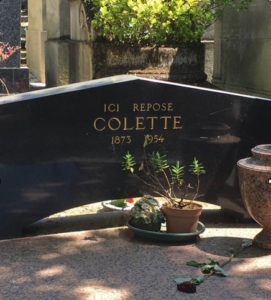
And Jim Morrison. I am not sure why I chose to visit that grave, but I had heard about it over the years,
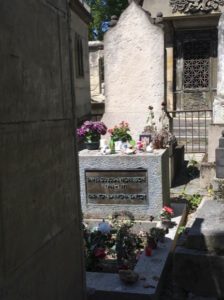
and I was at the cemetery, which really felt more like a city of the deceased than a country churchyard. I was later informed by a friend that Oscar Wilde is entombed there. And later that day I learned that I was only a few yards from Heloise and Abelard’s grave, which deserved more attention than a heroin addict. But I waxed nostalgic remembering my late brother’s copy of a Doors album. It had some kind of southwestern motif and references to a Lizard King. I was 10 years old and it made no sense to me at all, but it had Light My Fire on it so I would sometimes listen to it and try to make sense of the indecipherable iconography. Between my brother and Jim Morrison, himself, it prompted me to contemplate a time that I had the priveledge of experiencing that would never come again. I liked thinking about that after a few years of little to celebrate. And I was in Paris. Why shouldn’t I indulge a bit?
Later in the day I had another block of time. I had been reading a Lonely Planet Discover Paris travel guide. In it there was a self guided Latin Quarter Literary Loop Walk. The guide did not include any pictures of the 7 Landmarks identified. So I was happy to have the opportunity to visit and take some photos myself. All of them had the allure of the caricature of Paris in the 30’s. The neighborhood was hard to navigate. There were times when I wondered if the streets themselves had not been renamed during the century they helped to shape. I did my best. Here goes:
- James Joyce’s Flat
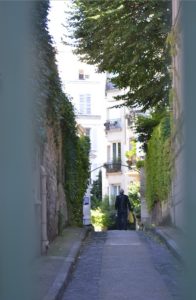
The Guide book instructs the reader to, “…, peer down the passageway at Number 71 {r. Cardinal Lemoine}, ” It states that this is where James Joyce lived and finished editing Ulysses in the courtyard flat at the back marked, “E.” This seemed to be the passageway the book suggested. When I saw this gentleman ( who might have been Joyce himself, a century prior) , it seemed a good time to take the picture. The location had special significance to me. It marks the very start of the literary movement that would consume the entire twentieth century and is proving to be the last artistic era of the Post Renaissance Enlightenment. In an introduction to Our Town, Thornton Wilder points out the way that Modernism tries to reconcile the universal and singular experience of life. he says something to the effect that expressions like, ” I hurt,” “I’m happy,” “I love you,” … have been said millions of times, but never twice the same, because the people and events associated with them are always unique. The desire to resolve that natural conflict between being a part of and apart from the endless stream of history all began with Ulysses and its equating of one of the greatest adventures in literature with a single day in the life of a prosaic Leopold Bloom and, perhaps, raises the latter to heroism. Ironically Bloomsday had occurred just 11 days prior to my taking this photo. I wonder if the Latin Quarter did any readings.
2. Ernest Hemingway’s apartment

This was, perhaps, the easiest landmark to find. There is a kitschy travel agency flying its flag next to it called something like Ernest’s Place. According to the guide he lived here from 1922 to 1923 and a dance club below it (perhaps the travel agency now?) was the model for one used in The Sun Also Rises.
3. Paul Verlaine’s Garret
 .
. 
The guide claims that, although Hemingway lived at 74 r. Cardinal Lemoine, he wrote in a top floor at 39 r. Descartes. It further instructs the user to ignore the incorrect plaque, but the only plaque I found was the one noting that Verlaine had died there in 1896 and that agrees with what the guide book says.
4. Rue de la Contrescarpe
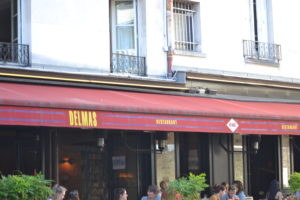
According to the guide the Cafe des Amateurs, once called a, “Cesspool,” by Hemingway is now the Cafe Delmas. La Contrescarpe, across the square from Delmas, looks clean and respectable as well. The square seems to remain a center for the young.

5. George Orwell’s Boarding House
According to the guide this apartment at 6 r du Pot de Fer is where Orwwell lived while writing part of Down and Out in Paris and London. My wife downloaded the audio of it for me and I’ve been listening to it. It gives a romanticized version of life as a starving artist, tinged with Orwell’s uniquely cynical (La vie en noir) interpretation of mankind. Of course it’s an interpretation that has been materializing with depressing force, particularly over the last few years. Sorry about the soft focus on the number 6 through the waving flags. I think my autofocus thought I was aiming for the flags themselves.
I took a closeup of the window above, perhaps whimsically hoping ut might be one he gazed out of while seeking the right word.

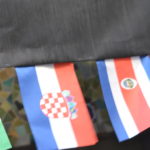
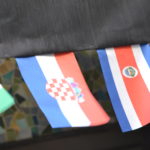

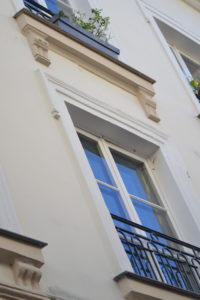
6. Place du Pantheon
The guide claims You can follow Hemingway’s instructions in A Moveable Feast to take the same route toward Blvd. St. Michel. From the sound of Orwell’s book, he may have used a similar rout to escape to the less seedy areas of Paris as well


7. Boulevard St-Michel
I didn’t venture too far along this route. It was starting to get late and as soon as I got to Boulevard St. Germain I headed towards our hotel, but I backpedaled when I read the guide’s mention of Shakespeare & Company. We were there in 2014, but I was drawn to return. On the way back to the hotel I stopped to get a photo of Les Deux Magots and also picked up a copy of La Tour du Monde en 80 Jours, a novel that was born of an earlier (and, from what I understand, a less Bohemian) Paris
.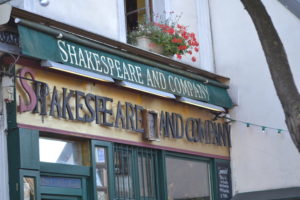
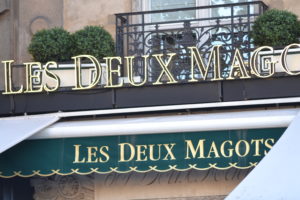
Shakespeare & Company originally published Ulysses, so, in a way, I came full circle. And it is just across the street from the Seine. But I’m afraid it is not, “A way a lone a last a loved a long the riverrun, …” There is no turning back to the time before iPhones and the internet. But it made for a nice diversion, perhaps just as Colette and Jim Morrison had.
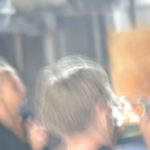
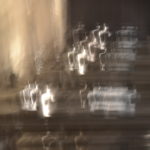
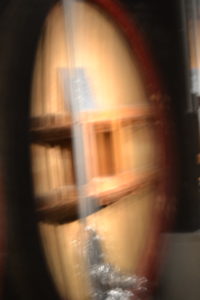
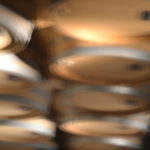
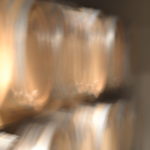
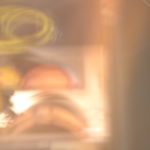



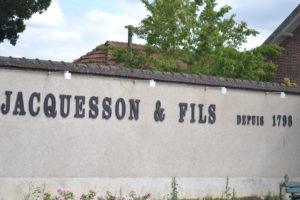
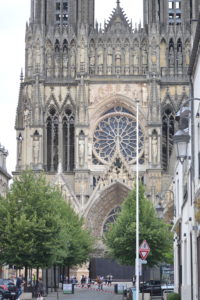

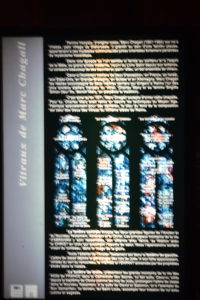



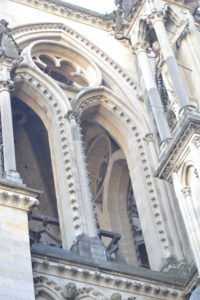

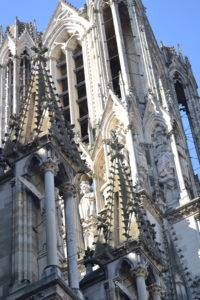

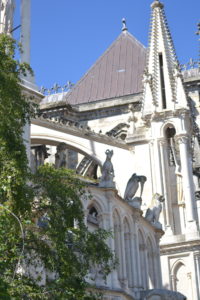
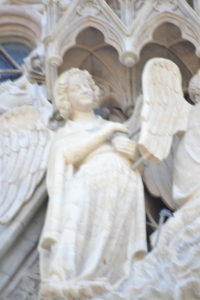


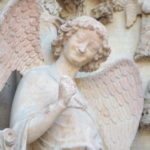






 .
. 










